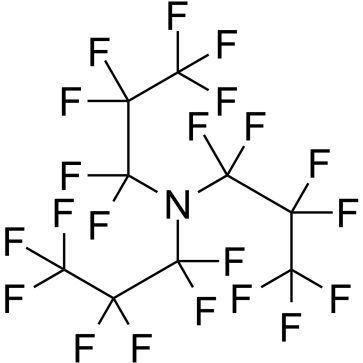Biochemical Assay Reagents
Biochemical agents refers to the life science research related to biological material or organic compounds. Due to a wide range of life sciences, rapid development, and therefore a wide variety of such agents, complex in nature. There are electrophoresis reagents, chromatography reagents, centrifuged reagents, immunological reagent, labeled reagent, staining agents, penetration agents and carcinogens variable, insecticides, culture, buffering agents, electron microscopy reagents, protein and nucleic acid precipitating agent, condensing agent ultrafiltration membrane, clinical diagnostic reagents, dyes, antioxidants, preservatives, detergents and surfactants, standard biochemical reagents, biochemical reagents quality control materials, separation material, etc..
Ziele für Biochemical Assay Reagents
Produkte für Biochemical Assay Reagents
- Bestell-Nr. Artikelname Informationen
-
GC30271
γ-GT
γ-GT(63699-78-5) ist ein Substrat für γ-Glutamyltransferase im biochemischen Test.
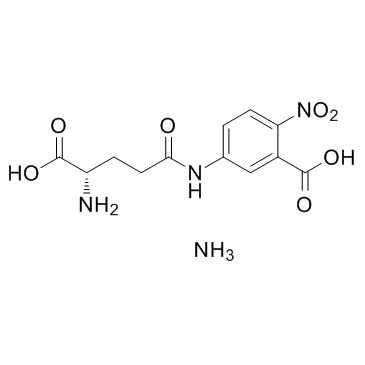
-
GC30358
(±)-1,2-Propanediol (1,2-(RS)-Propanediol)
(±)-1,2-Propandiol (1,2-(RS)-Propandiol) (1,2-(RS)-Propandiol) ist ein aliphatischer Alkohol und wird hÄufig als Hilfsstoff in vielen Arzneimittelformulierungen verwendet, um die LÖslichkeit zu erhÖhen und StabilitÄt von Arzneimitteln.

-
GC68497
1M6
1M6 is a reagent used for RNA structure chemistry detection.
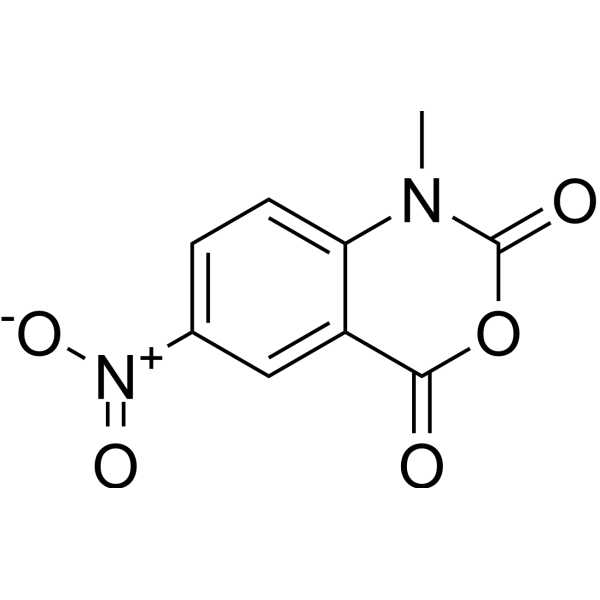
-
GC61938
2′-O-(2-Methoxyethyl)guanosine
&2#8242;-O-(2-Methoxyethyl)guanosin (2'-O-MOE-rG), ein 2'-O-Methoxyethyl-modifiziertes Nucleosid, kann durch enzymatische Umwandlung (Adenosindeaminase) aus 2'-O-( 2-Methoxyethyl)-2,6-diaminopurin-ribosid.

-
GC62765
2’,3’-Dideoxy-5-iodouridine
&2rsquo;,3’-Dideoxy-5-iodouridin wird zur Gensequenzierung und als Forschungsinstrument für antivirale und Antikrebsstudien verwendet.
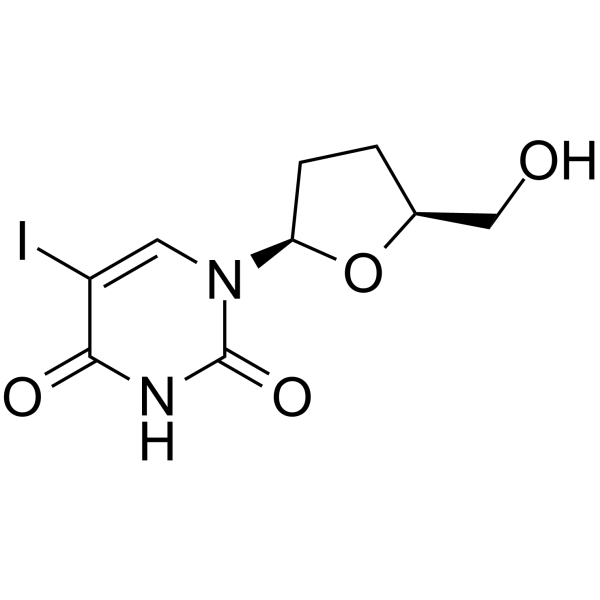
-
GC30076
2-(Pyridyldithio)ethylamine hydrochloride
2-(Pyridyldithio)ethylaminhydrochlorid ist ein neuartiges interkalierendes Disulfid-Vernetzungsreagens.
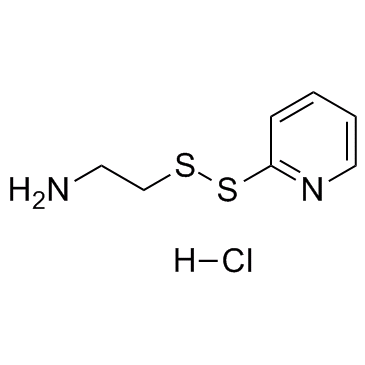
-
GC67463
2-Amino-2-methyl-1,3-propanediol
2-Amino-2-methyl-1,3-propandiol ist ein Fest-Fest-Phasenwechselmaterial (PCMs). Amino-2-methyl-1,3-propandiol kann zur Herstellung von Tensiden, Vulkanisationsbeschleunigern und als biologischer Puffer verwendet werden.
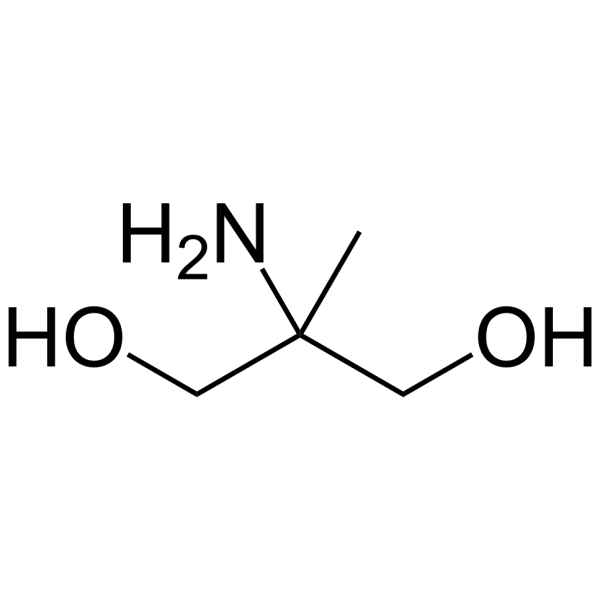
-
GC67634
2-Butenoyl coenzyme A lithium
2-Butenoyl-Coenzym A (Lithium), ein Wirkstoff, kann als Substrat für Plasmodium falciparum-Enyl-ACP-Reduktasen und andere Enyl-CoA-Reduktasen verwendet werden. 2-Butenoyl-Coenzym A-Lithium kann als Substratanalogon verwendet werden, um die Kinetik von β-Hydroxyacyl-Acyl-Carrier-Protein (ACP)-Dehydratase (FabZ) zu untersuchen.
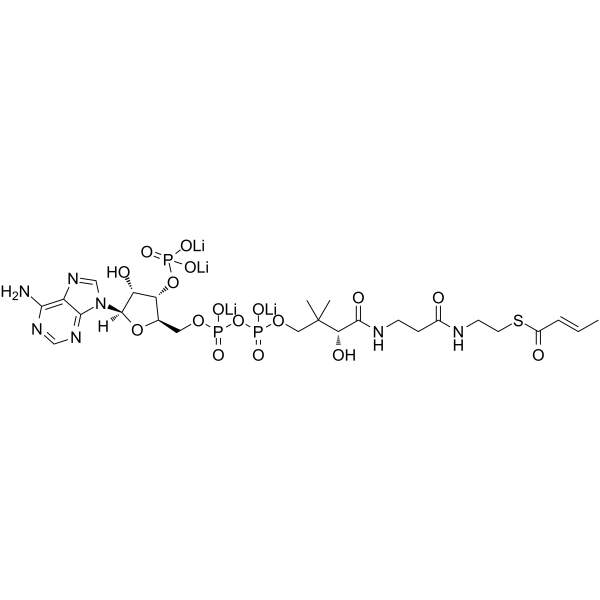
-
GC66259
2-Iminothiolane hydrochloride
2-Iminothiolanhydrochlorid ist ein Reagenz zur EinfÜhrung von Sulfhydrylgruppen in Oligosaccharide, die von Asparagin-verknÜpften Glykanen abgeleitet sind.
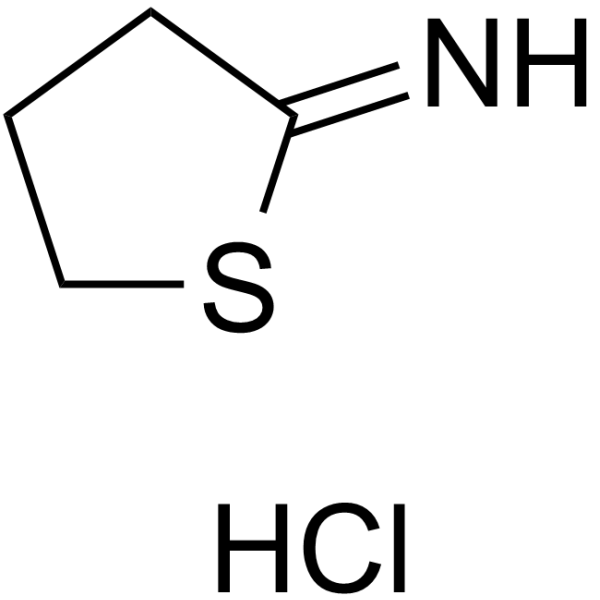
-
GC68527
3,4,5-Trichloropyridine
3,4,5-Trichloropyridin ist ein Biochemikalie und kann als Biomaterial oder organische Verbindung in der lebenswissenschaftlichen Forschung verwendet werden.
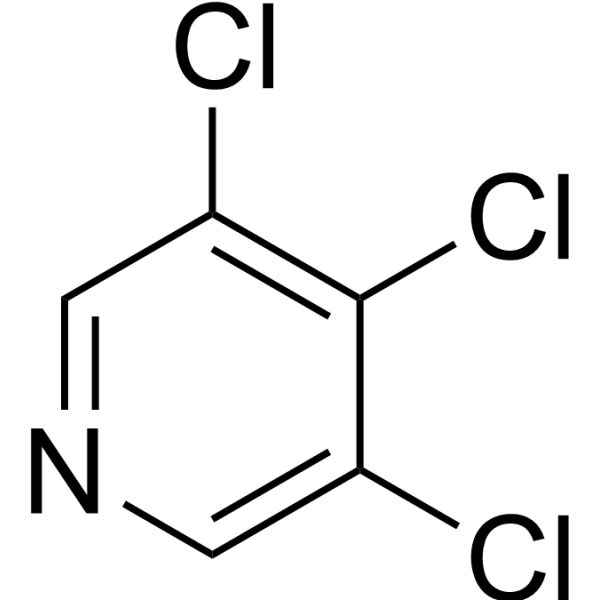
-
GC68528
3,5-Dimethylisoxazole-4-boronic acid pinacol ester
3,5-Dimethylisoxazol-4-boronsäure-Pinacolester ist ein Biochemikalie und wird als Biomaterial oder organische Verbindung in der lebenswissenschaftlichen Forschung verwendet.
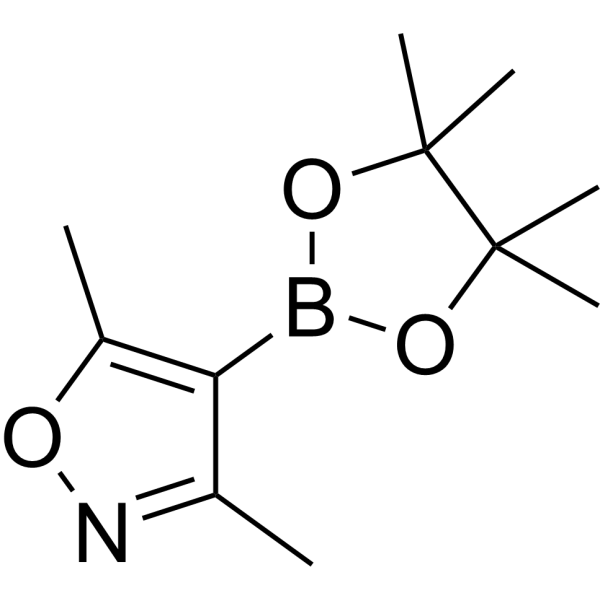
-
GC61657
4-Aminobenzaldehyde
4-Aminobenzaldehyd (p-Aminobenzaldehyd) ist ein nÜtzliches synthetisches Reagenz und Monomer, das zur Synthese von Monoazofarbstoffen und photohÄrtbaren Ionenaustauscherharzen verwendet werden kann.
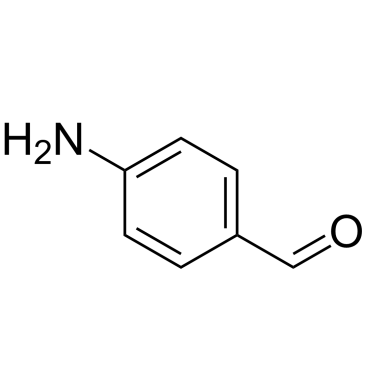
-
GC61893
4-Hydroxy-4-methylcyclohexanone
4-Hydroxy-4-methylcyclohexanon ist ein nÜtzliches synthetisches Reagens, das aus dem Patent JP2009022162A extrahiert wurde.
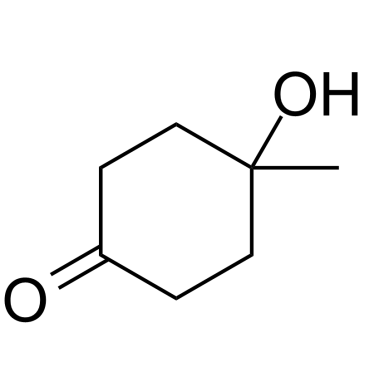
-
GA20423
4-Nitrophenyl β-D-galactopyranoside
Substrate for the determination of β-galactosidase.

-
GC61935
5'-O-(4,4'-Dimethoxytrityl)-2'-deoxyuridine
5'-O-(4,4'-Dimethoxytrityl)-2'-desoxyuridin (5'-O-DMT-dU) ist ein kompetitiver Inhibitor von E.
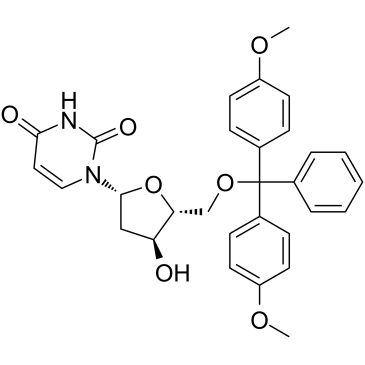
-
GC33596
5-BrdUTP sodium salt
5-BrdUTP-Natriumsalz ist ein TdT-Substrat, das zur Markierung der DNA-DoppelstrangbrÜche verwendet werden kann.
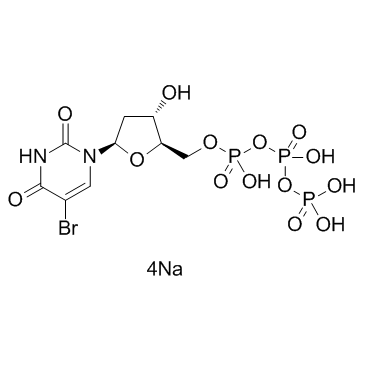
-
GC33520
5-BrUTP sodium salt
5-BrUTP-Natriumsalz kann verwendet werden, um RNA zu markieren, um die Transkription zu messen.
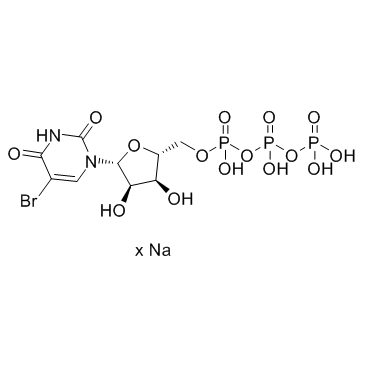
-
GC35183
6-O-α-Maltosyl-β-cyclodextrin
6-O-α-Maltosyl-β-Cyclodextrin ist ein zellulärer Cholesterinmodifizierer, der lösliche Einschlusskomplexe mit Cholesterin bilden kann.
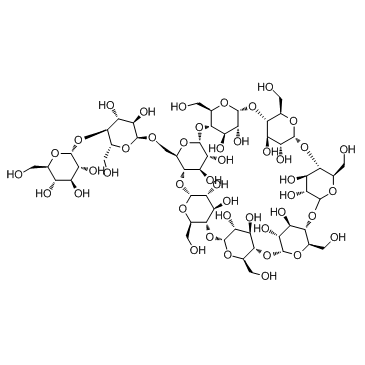
-
GC68577
7-Azaindazole
1H-Pyrazolo[3,4-b]pyridin ist eine biochemische Reagenz, die als Biomaterial oder organische Verbindung für lebenswissenschaftliche Forschungszwecke verwendet werden kann.
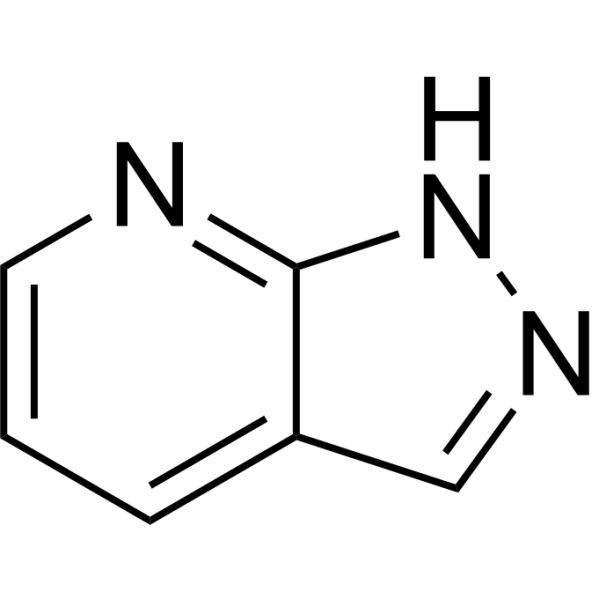
-
GC61877
7-Iodo-2',3'-dideoxy-7-deazaadenosine
7-Iod-2',3'-didesoxy-7-deazaadenosin ist ein Didesoxynucleosid, das in DNA-Synthese- und Sequenzierungsreaktionen verwendet werden kann.
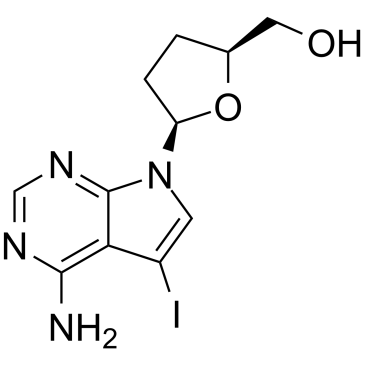
-
GC35215
AA-dUTP sodium salt
AA-dUTP-Natriumsalz ist ein fluoreszierender Farbstoff, der zum FÄrben von cDNA verwendet werden kann.
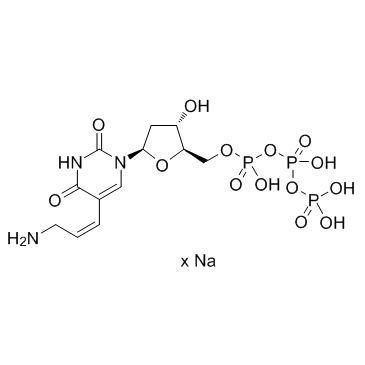
-
GC60565
ADA
ADA ist ein biologischer Puffer.
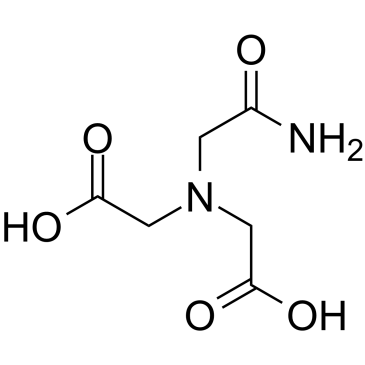
-
GC67265
Adenosine 3'-phosphate 5'-phosphosulfate lithium
Adenosin 3'-Phosphat 5'-Phosphosulfatlithium ist ein Co-Substrat, das für die Sulfonierung von Glykanen verwendet wird. Adenosin 3'-Phosphat 5'-Phosphosulfat-Lithium kann für in Golgi ansässige PAP-spezifische 3&7#39;-Phosphatase-gekoppelte Sulfotransferase-Assays verwendet werden, die als Donorsubstrat eine Sulfonatgruppe übertragen.
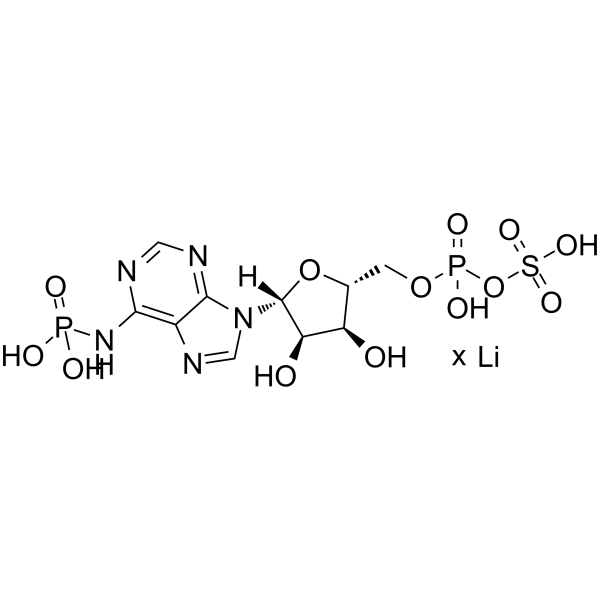
-
GC30436
ADPS (ESPAS)
ADPS (ESPAS) ist eine Art neuer Trinder's-Reagenzien, bei denen es sich um hochwasserlÖsliche Anilinderivate handelt, die in diagnostischen und biochemischen Tests weit verbreitet sind.
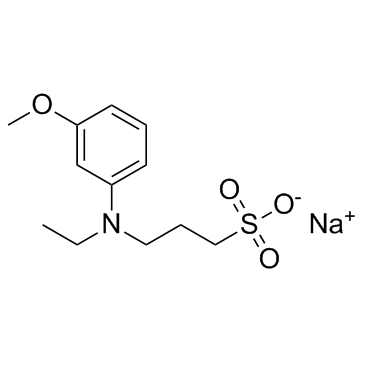
-
GC30019
AMPPD (Lumi-Phos Plus)
AMPPD (Lumi-Phos Plus), ein 1,2-Dioxo-Cyclohexan-Derivat, ist ein biochemisches ultrasensitives alkalisches Phosphatase-Substrat.
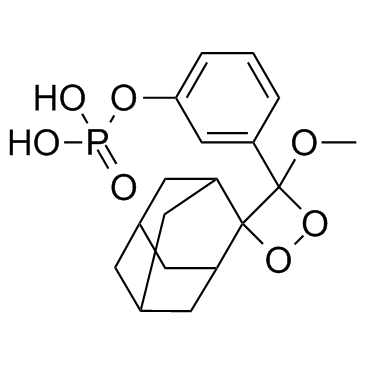
-
GC66480
AMPSO
AMPSO ist ein alkalischer Transferpuffer, der verwendet werden kann, um stark basische Proteine \u200b\u200baus Gelen in Nitrocellulose zu transferieren, ohne die Transfereffizienz anderer Proteine \u200b\u200bzu verringern. AMPSO kann für Western-Blot-Analysen, PCR-Amplifikationen und viele andere Anwendungen verwendet werden.
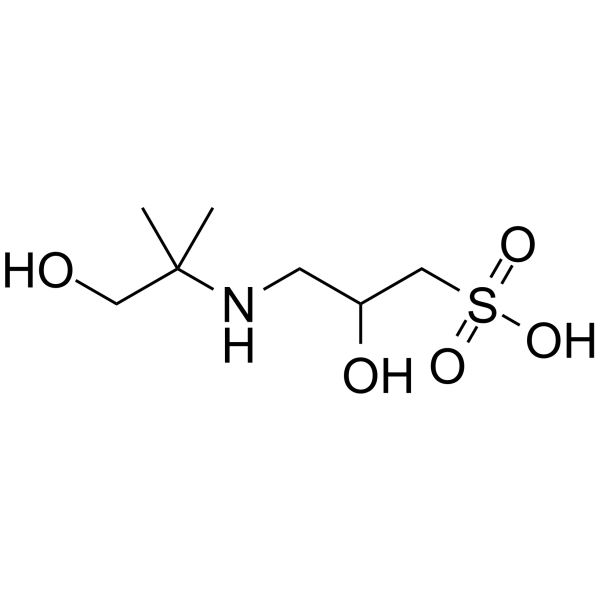
-
GC30199
BCA (Disodium bicinchoninate)
BCA (Dinatriumbicinchoninat) ist 2,2-Bichinolin-4,4-dicarbonsÄure-Dinatriumsalz; Bestimmung von Cu und Proteingehalt.
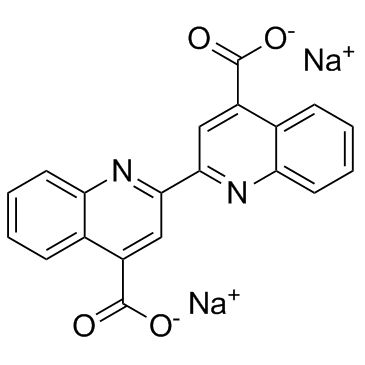
-
GC67469
BES
BES ist ein sekundärer biochemischer Standardpuffer mit einem effektiven pH-Bereich von 6,4 bis 7,8 (pKa: 7,15 bei 20 °C). BES wird im diagnostischen Testbereich eingesetzt.
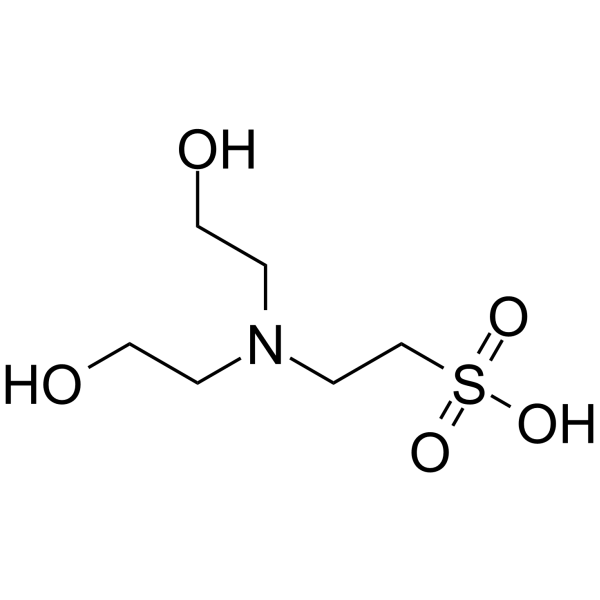
-
GC67531
BES sodium
BES-Natrium ist ein sekundärer biochemischer Standardpuffer mit einem effektiven pH-Bereich von 6,4 bis 7,8 (pKa: 7,15 bei 20 °C). BES-Natrium wird im diagnostischen Testbereich eingesetzt.
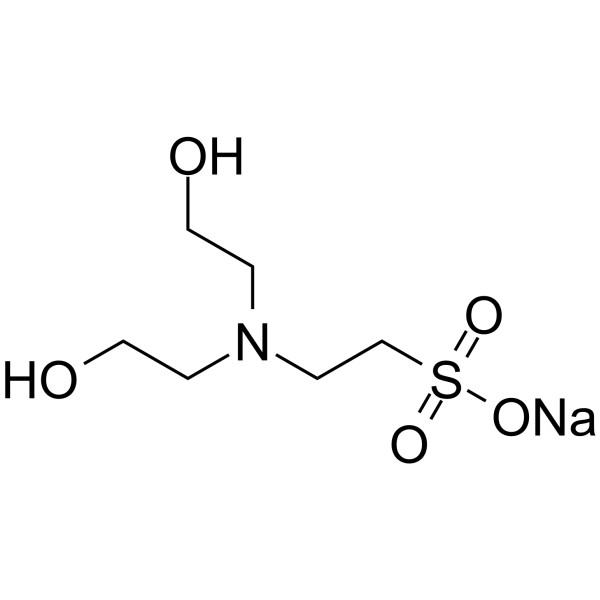
-
GC42935
Biotin LC hydrazide
Biotin LC-Hydrazid ist ein langkettiges Proteinmodifikationsreagenz, das Periodat-oxidierte Glykoproteine umwandeln kann.

-
GC60645
Biotin-C1-PEG3-C3-amido-C5-Gly-Arg-Gly-N3 TFA
Biotin-C1-PEG3-C3-amido-C5-Gly-Arg-Gly-N3 TFA wird zum Nachweis der Modifikationsstelle fÜr N-myristoylierte und GPI-verankerte Proteine im Blutstadium P verwendet.
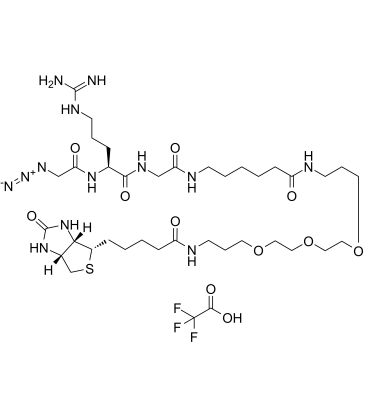
-
GC33812
Biotin-DADOO (Biotinyl-3,6-dioxaoctanediamine)
Biotin-DADOO (Biotinyl-3,6-dioxaoctandiamin) ist ein Biotinylierungsreagenz, das zur Synthese eines Biotin-Estradiol-Konjugats (d. h.
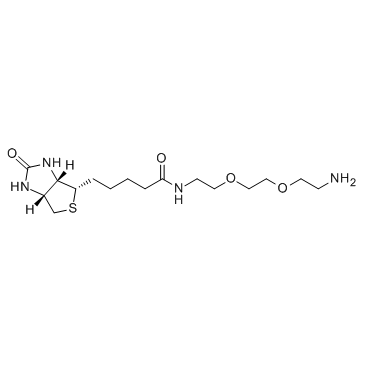
-
GC42940
Biotin-XX hydrazide
Biotin-XX-Hydrazid (Biotin-(AC5)2-Hydrazid) ist ein Carbonyl-reaktives Biotinylierungsreagenz, das zwei AminohexansÄure-Spacer enthÄlt.

-
GC67626
Bis-Tris hydrochloride
Bis-Tris-Hydrochlorid ist ein biologischer Puffer und kann in Gelelektrophorese-Trennungen, Zellkultur- und Bioverarbeitungsanwendungen verwendet werden.
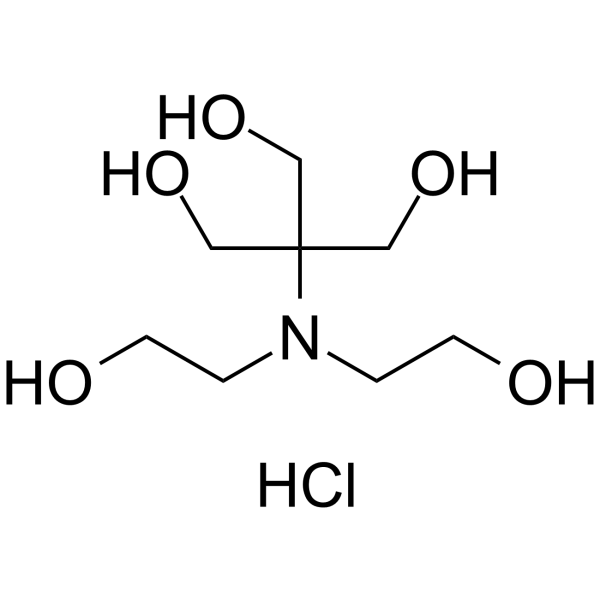
-
GC66839
Bis-tris propane
Bis-Tris-Propan (BTP) ist eine wasserlösliche Puffersubstanz. Bis-Tris-Propan kann als geeigneter Puffer für die Polymerase-Kettenreaktion (PCR) verwendet werden. Bistrispropan kann die Stabilität oder Aktivität von Restriktionsenzymen verbessern.
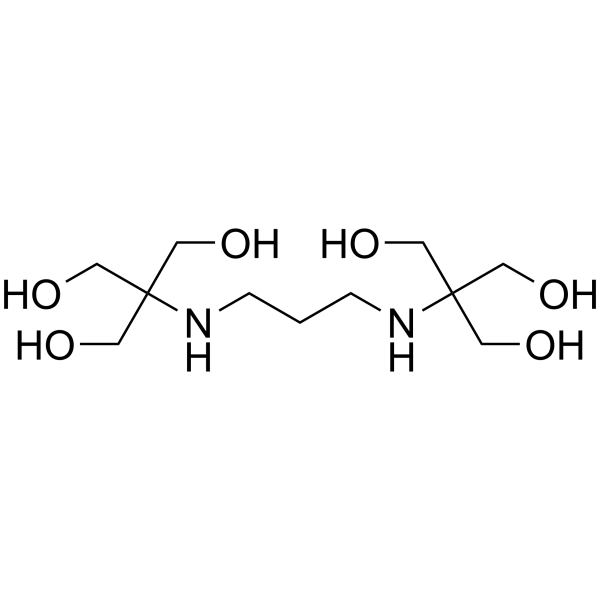
-
GC35542
Bovine Serum Albumin (BSA)
Rinderserumalbumin (BSA) (BSA) ist ein Protein mit 583 Resten, das aus drei homologen All-α besteht; DomÄnen, die in einer herzfÖrmigen Struktur organisiert sind.

-
GC39269
Caprylic/Capric Triglyceride
Caprylic/Capric Triglyceride sind die Triglyceride und Ester, die aus fraktionierten PflanzenÖlquellen und FettsÄuren aus KokosnÜssen und PalmkernÖlen hergestellt werden.
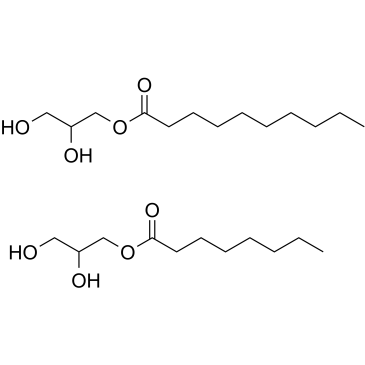
-
GC65571
CAPS
CAPS, CyclohexylaminopropansulfonsÄure, ist ein Tensid.
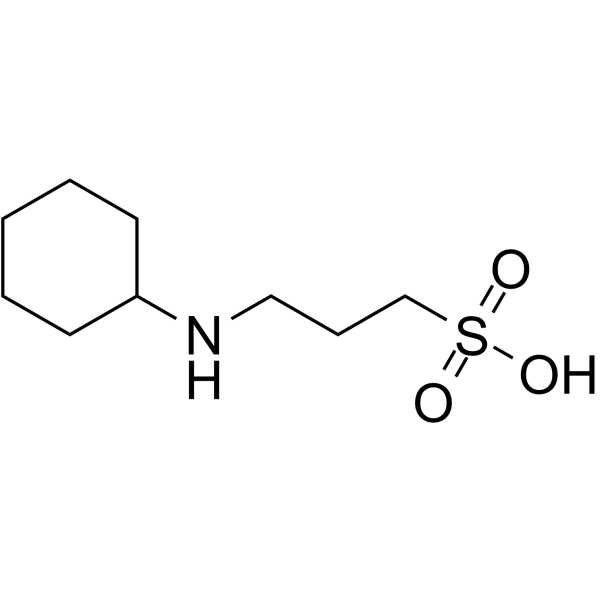
-
GC66840
CAPSO
CAPSO ist ein biologischer zwitterionischer Puffer mit einem nützlichen pH-Bereich von 8,9 bis 10,3.
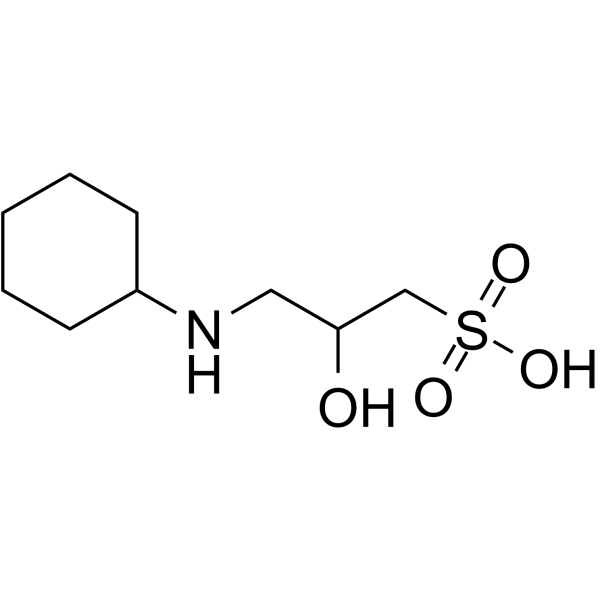
-
GC30160
Cellulose carboxymethyl ether sodium
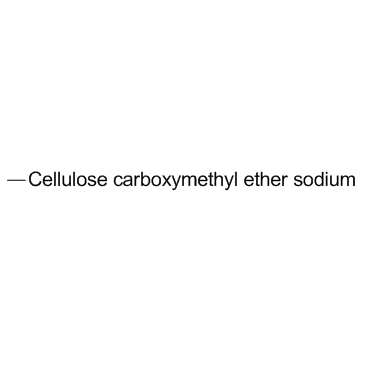
-
GC64978
CHES
CHES (N-Cyclohexyltaurin) ist ein zwitterionischer Puffer.
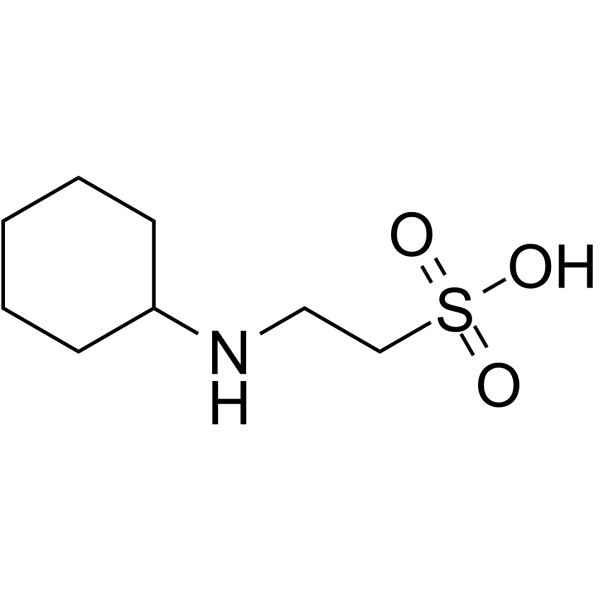
-
GC30407
CNP-AFU (2-Chloro-4-nitrophenyl α-L-fucopyranoside)
CNP-AFU (2-Chloro-4-nitrophenyl α-L-fucopyranosid) (2-Chloro-4-nitrophenyl α-L-fucopyranosid) ist ein Substrat fÜr alpha-L-Fucosidase (AFU).
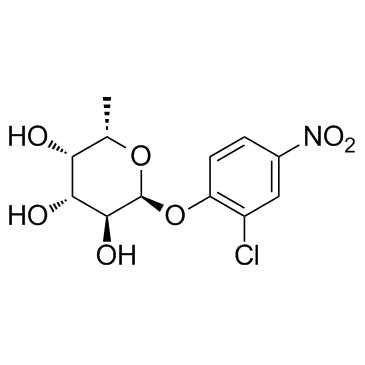
-
GC32712
Corn oil
Maissöl, das aus dem Keim des Mais gewonnen wird, kann als Träger für Wirkstoffmoleküle verwendet werden.
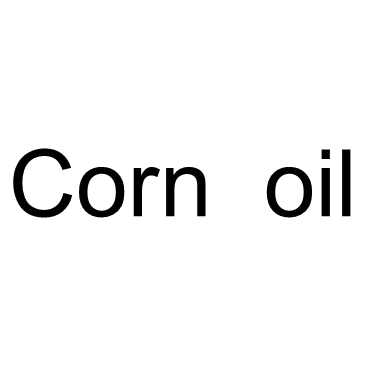
-
GC30559
COTTONSEED OIL
BaumwollsamenÖl ist ein SpeiseÖl, das aus den Samen von Baumwollpflanzen gewonnen wird und allgemein als das insektizidste PflanzenÖl gilt.
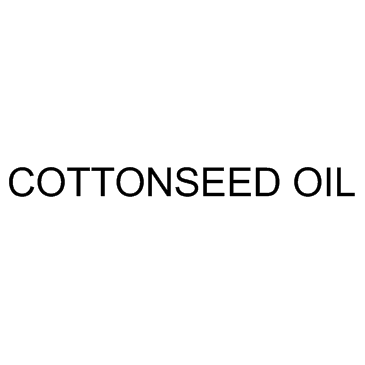
-
GC30024
Cremophor EL
Cremophor EL, ein Derivat aus Polyethylenglykol-Rizinusöl, ist ein nichtionischer Tensid.
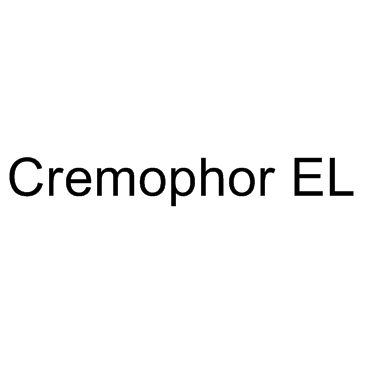
-
GC68918
Cy5.5-SE
Cy5.5-SE (Cyanine5.5 NHS Ester) is a type of CY dye. CY stands for Cyanine, which is a compound composed of two nitrogen atoms connected by an odd number of methyl units. Cyanine compounds have characteristics such as long wavelength, adjustable absorption and emission, high extinction coefficient, good water solubility, and relatively simple synthesis. CY series dyes are often used to label proteins, antibodies and small molecules. For protein antibody labeling, binding can be completed through a simple mixing reaction. We introduce the labeling method for protein antibody labeling below, which has certain reference value. Storage: Avoid light.
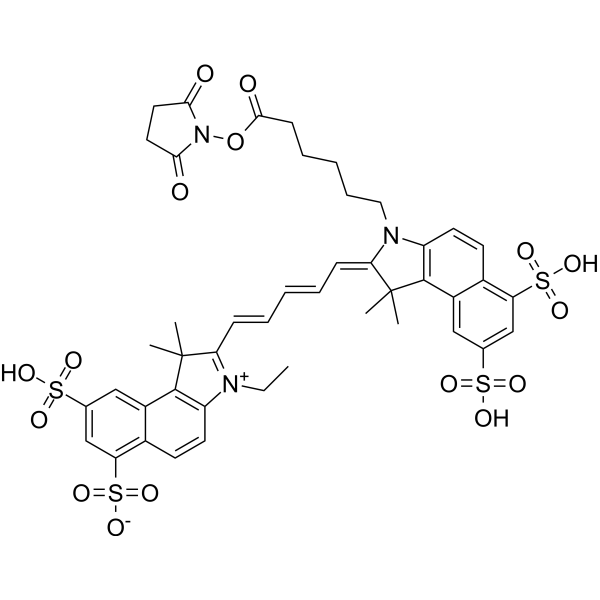
-
GC30312
DAOS
DAOS, ein Trinder-Reagenz, ist ein neuartiges hoch wasserlÖsliches Anilinderivat; werden hÄufig in diagnostischen Tests und biochemischen Tests verwendet.
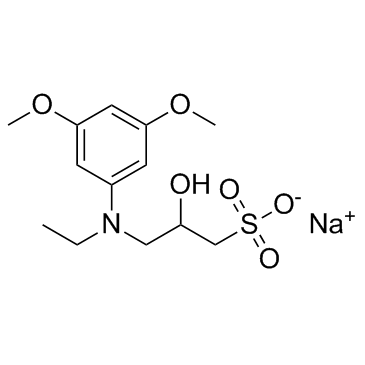
-
GC66166
Diethyl pyrocarbonate
Diethylpyrocarbonat ist ein potenter, unspezifischer chemischer Inhibitor von RNase. Diethylpyrocarbonat hat sich in vitro als Mittel bewÄhrt, das relativ spezifisch fÜr die Bindung von Histidin an Imidazol ist. Diethylpyrocarbonat hemmt die zentrale ChemosensitivitÄt bei Kaninchen. Diethylpyrocarbonat kann Ser-, Thr-, His- und Tyr-Reste modifizieren.
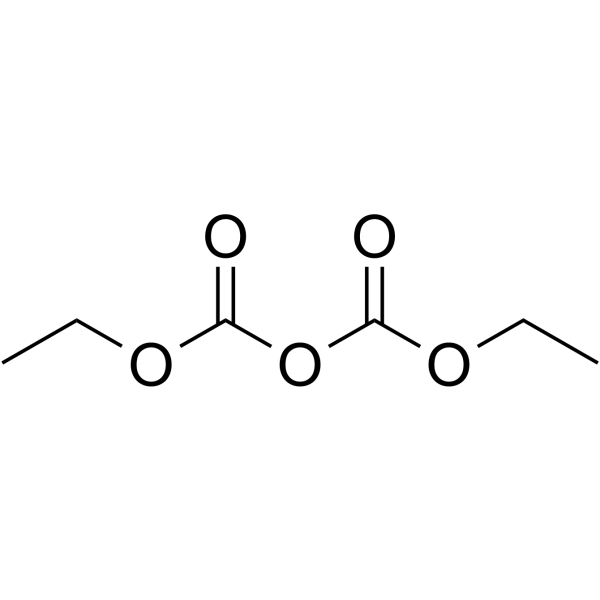
-
GC66181
Disodium pyrophosphate
Dinatriumpyrophosphat (SAPP), ein Lebensmittelzusatzstoff, ist eine anorganische Verbindung. Dinatriumpyrophosphat hat potentielle hÄmatotoxische und immunotoxische Wirkungen.
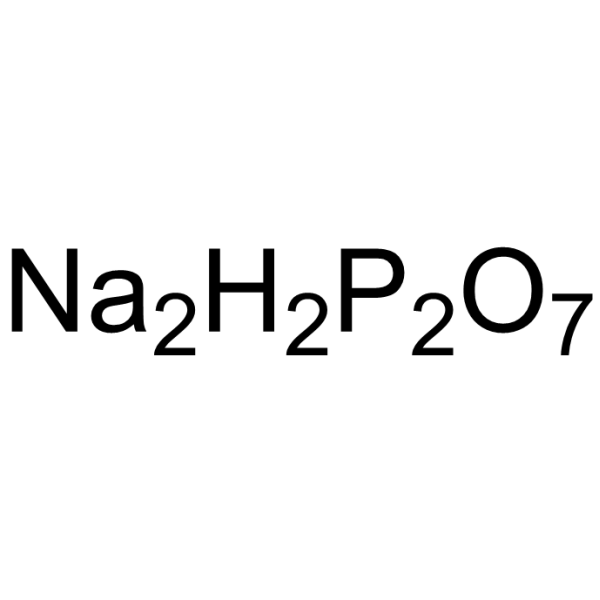
-
GC67635
DL-3-Hydroxy-3-methylglutaryl coenzyme A disodium
DL-3-Hydroxy-3-methylglutaryl Coenzym A (HMG-CoA) Dinatrium ist eine Dinatriumsalzverbindung von HMG-CoA, ist ein Zwischenprodukt von Terpenen und Ketonkörpern. DL-3-Hydroxy-3-methylglutaryl-Coenzym A-Dinatrium ist auch in vivo als Vorläufer für die Cholesterinsynthese am Esterstoffwechsel beteiligt und reguliert die Cholesterinsynthese durch Kopplung des LDL-Rezeptors.
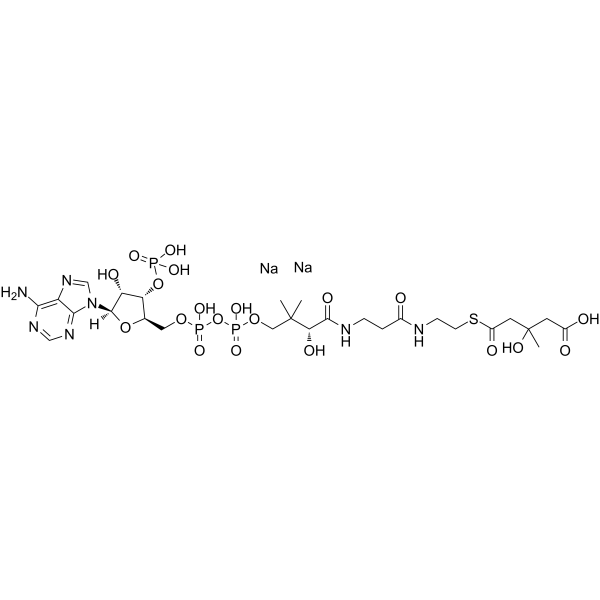
-
GC67468
Dodecyltrimethylammonium chloride
Dodecyltrimethylammoniumchlorid ist ein kationisches Tensid, das zur Bildung von Nanokapseln verwendet werden kann.
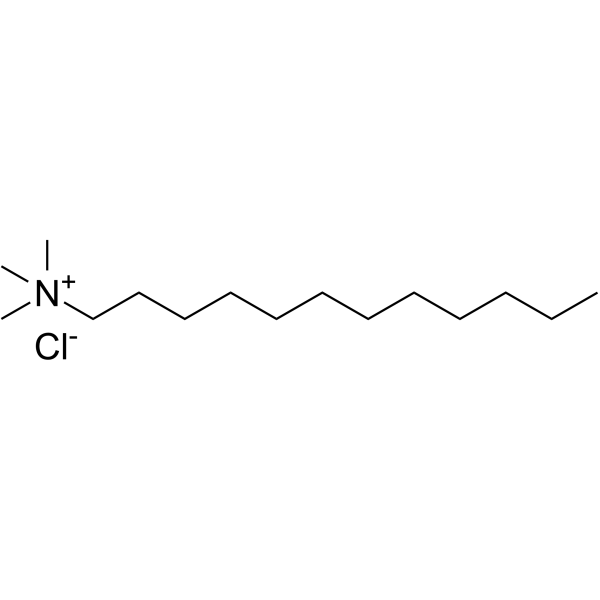
-
GC67667
DSPE-PEG-Azide (MW 2000)
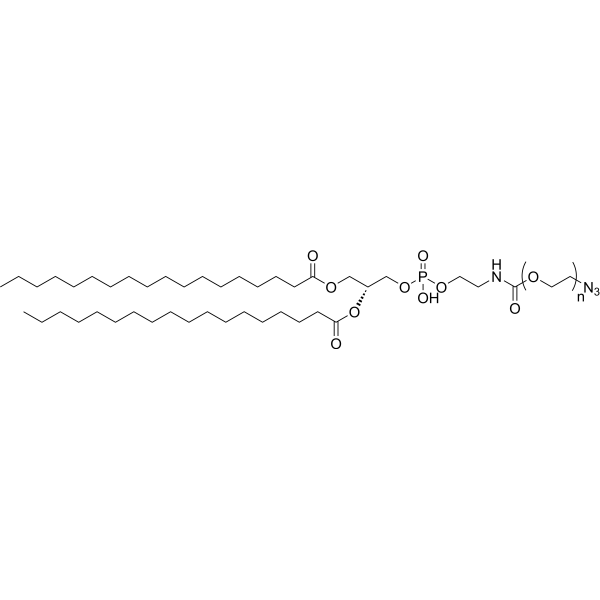
-
GC33483
DTE (Dithioerythritol)
DTE (Dithioerythritol) (Dithioerythritol) ist ein schwefelhaltiger Zucker, der von dem entsprechenden 4-Kohlenstoff-Monosaccharid Erythrose abgeleitet ist; ist ein Epimer von Dithiothreitol (DTT).
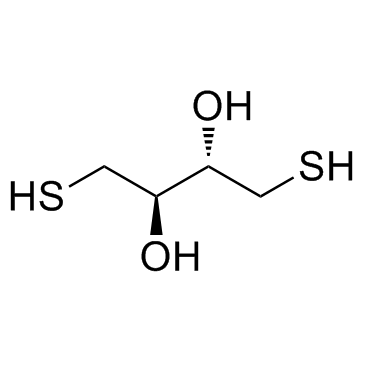
-
GC30009
DTNB (Ellman's Reagent)
DTNB (Ellman's Reagent) (Ellman&7#39;s Reagent) ist eine Chemikalie, die zur Quantifizierung der Anzahl oder Konzentration von Thiolgruppen verwendet wird.
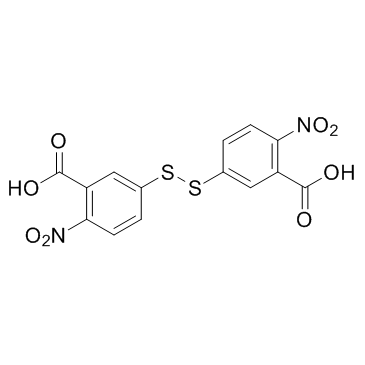
-
GC35905
DTT
DTT ist ein kleines Molekül-Redox-Reagenz.
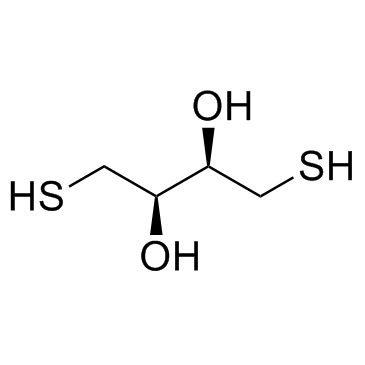
-
GC43589
EGTA AM
EGTA-\u200bAM ist eine membrangängige Form von EGTA, kann passiv in Zellen geladen werden, um intrazelluläres EGTA zu erzeugen; EGTA-\u200bAM ist auch ein Ca2+-Chelator mit langsamer Chelatdynamik.

-
GC30137
Enbucrilate (Butyl cyanoacrylate)
Enbucrilat (Butylcyanoacrylat) (Butylcyanoacrylat) ist ein Cyanoacrylatester, der als chirurgischer Gewebekleber verwendet wurde.
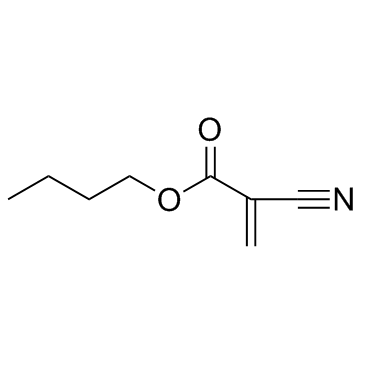
-
GC67534
Ethylenediaminetetraacetic acid sodium hydrate
Ethylendiamintetraessigsäure (EDTA)-Natriumhydrat ist ein Metallchelator (bindet an zwei- und dreiwertige Metallkationen, einschließlich Calcium), der gerinnungshemmende und antikalzämische Aktivitäten zeigt. Ethylendiamintetraessigsäure-Natriumhydrat verringert die durch Metallionen katalysierte oxidative Schädigung von Proteinen und ermöglicht die Aufrechterhaltung einer reduzierenden Umgebung während der Proteinreinigung. Ethylendiamintetraessigsäure-Natriumhydrat kann auch die Bildung von Disulfidbindungen verringern.
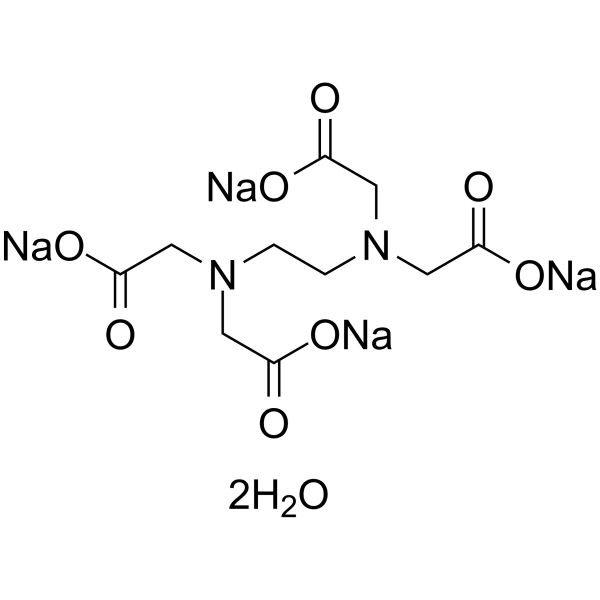
-
GC33433
Fluorescein Diacetate (3,6-Diacetoxyfluoran)
Fluoresceindiacetat ist ein zellgÄngiges Esterase-Substrat.
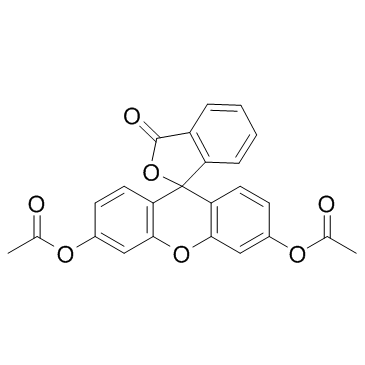
-
GC64743
Gelatins
Gelatine ist ein durchscheinender, farbloser, geschmackloser Lebensmittelbestandteil, der Üblicherweise aus Kollagen gewonnen wird, das tierischen KÖrperteilen entnommen wird.

-
GC34591
Gelucire 14/44
Gelucire 14/44 ist ein potenzieller und sicherer ResorptionsverstÄrker zur Verbesserung der Resorption von schlecht resorbierbaren Arzneimitteln, einschließlich Insulin und Calcitonin, durch pulmonale Verabreichung.
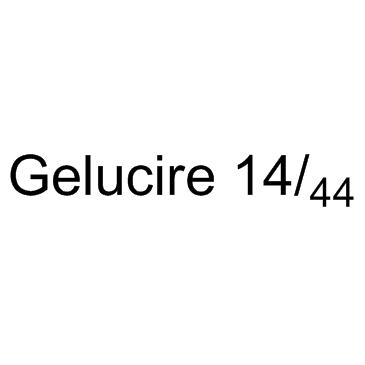
-
GC67643
Glutaryl coenzyme A lithium
Glutaryl-Coenzym-A-Lithium ist ein Glutaryl-Coenzym-A-Derivat. Glutaryl-Coenzym A ist ein wichtiger körpereigener Metabolit. Glutaryl-Coenzym A-Lithium kann in HMG-CoA- oder Glutaryl-CoA-bezogenen Experimenten verwendet werden.
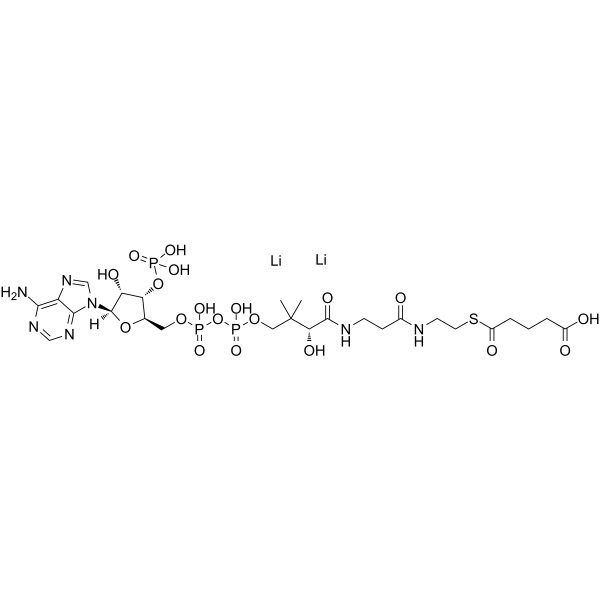
-
GC64438
Gold(III) chloride trihydrate
Gold(III)chlorid-Trihydrat ist ein Reduktionsmittel.
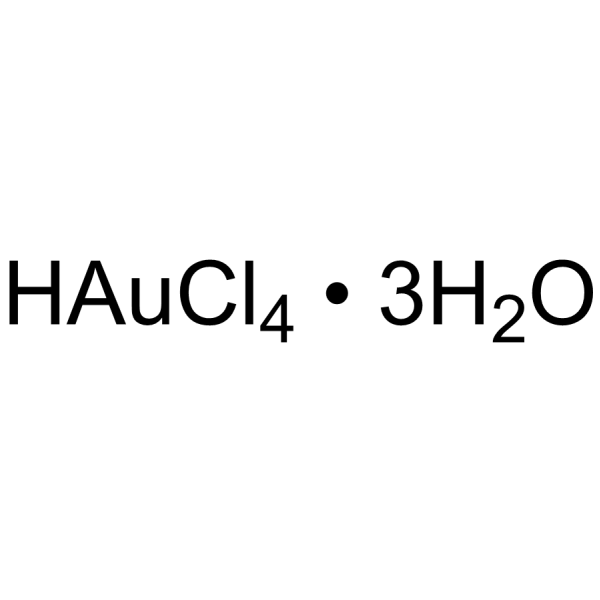
-
GC18983
H-Gly-Pro-Arg-Pro-OH (acetate)
H-Gly-Pro-Arg-Pro-OH (Acetat) (Gly-Pro-Arg-Pro-Acetat) ist ein Fibrinpolymerisationsinhibitor, der die Wechselwirkung von Fibrinogen mit dem PlÄttchenmembran-Glykoprotein IIb/IIIa-Komplex (GPIIb/IIIa) hemmt.
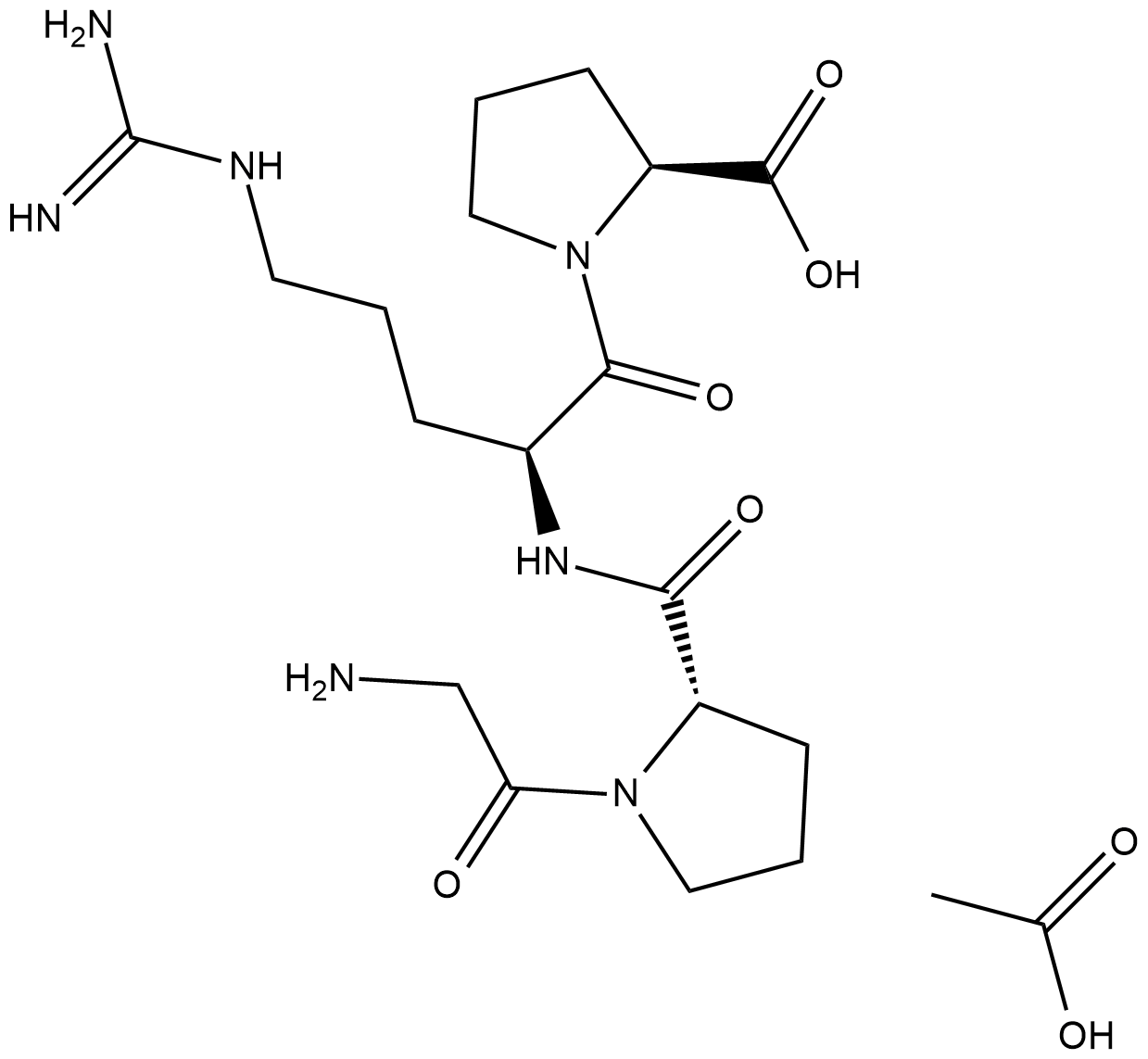
-
GC30359
HDAOS
HDAOS ist ein neuartiges Trinder-Reagenz, das ein hochgradig wasserlÖsliches Anilinderivat ist; werden hÄufig in diagnostischen Tests und biochemischen Tests verwendet.
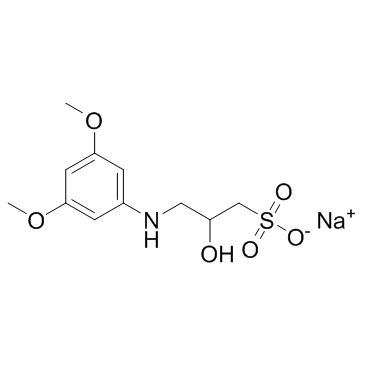
-
GC66481
HEPBS
HEPBS ist ein zwitterionisches Puffermittel mit einem pH-Bereich (7,6–9,0), der dem von biologischen Systemen ähnlich ist. HEPBS kann in der Kultur von Zellen verwendet werden.
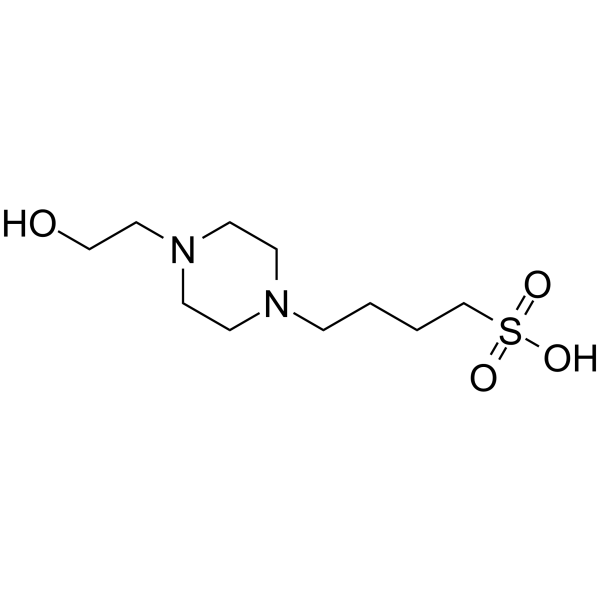
-
GC60895
HEPPSO
HEPPSO ist ein zwitterionischer Puffer.
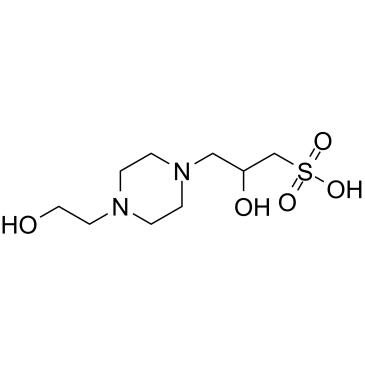
-
GC30315
HTBA
HTBA(3-Hydroxy-2,4,6-TriiodbenzoesÄure) fÜr Ihre ForschungsbedÜrfnisse.
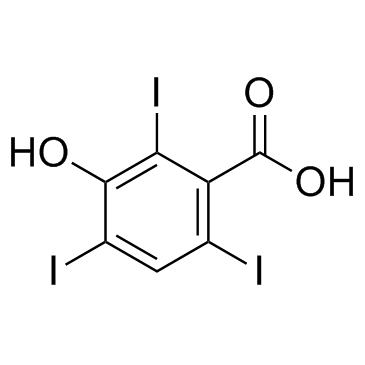
-
GC63013
I-bu-rG Phosphoramidite
I-bu-rG-Phosphoramidit ist ein Phosphinamid-Monomer, das bei der Synthese von Nukleotiden und NukleinsÄuren verwendet werden kann.
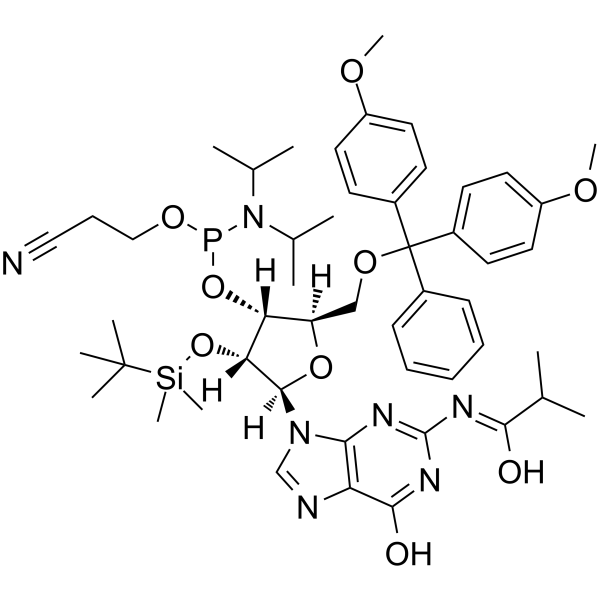
-
GC30118
INT (Iodonitrotetrazolium chloride)
INT (Iodonitrotetrazoliumchlorid) (Iodonitrotetrazoliumchlorid) wird bei verschiedenen kolorimetrischen Dehydrogenaseanalysen des Elektronenakzeptors verwendet.
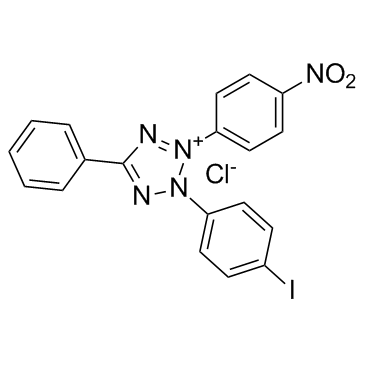
-
GC30002
IPTG (Isopropyl β-D-thiogalactoside)
IPTG (Isopropyl β-D-Thiogalactosid) ist eine molekulare Nachahmung von Allolactose, einem Lactosemetaboliten, der die Transkription des lac-Operons auslÖst, und wird daher verwendet, um die Proteinexpression zu induzieren, wobei das Gen unter der Kontrolle des lac-Operators steht.
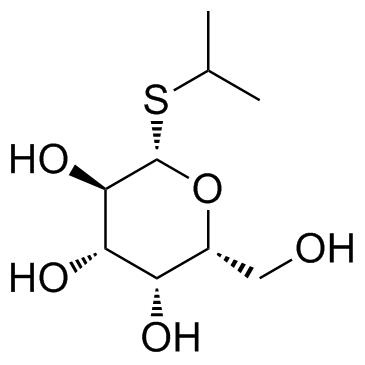
-
GC60995
Lipopolysaccharides from Escherichia coli 055:B5
Lipopolysaccharid (LPS) ist für die strukturelle und funktionelle Integrität der äußeren Membran von gramnegativen Bakterien unerlässlich.
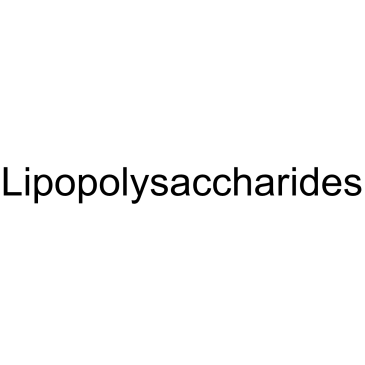
-
GC67466
Lithium dodecyl sulfate
Lithiumdodecylsulfat ist ein anionisches Reinigungsmittel und Tensid, das bei niedrigen Temperaturen anstelle von SDS für die Elektrophorese verwendet werden kann. Lithiumdodecylsulfat kann für die Synthese von Nanomaterialien und Chromatographie eingesetzt werden.
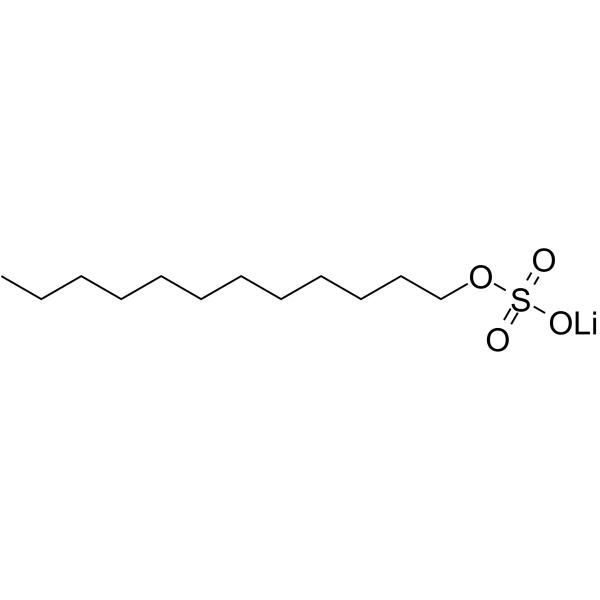
-
GC65397
Magnesium sulfate
Magnesiumsulfat ist derzeit das Antikonvulsivum der Wahl zur PrÄvention und Kontrolle von eklamptischen AnfÄllen.
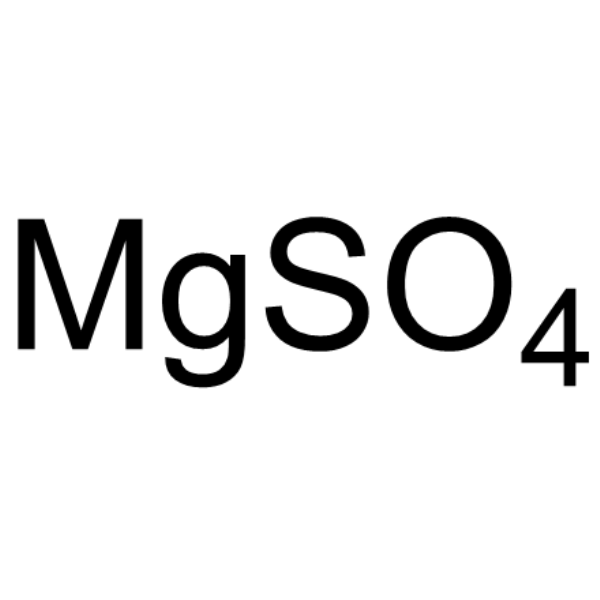
-
GC38813
Mebrofenin
Mebrofenin (SQ 26962) ist eine Art von IminodiessigsÄure (IDA).
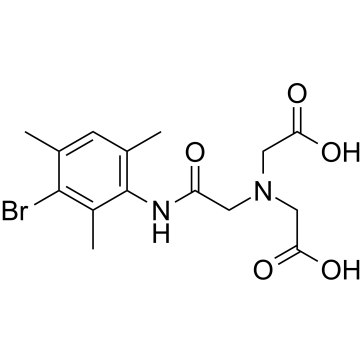
-
GC66496
MES monohydrate
MES (2-Morpholinoethansulfonsäure)-Monohydrat ist ein Puffermittel in der Biologie und Biochemie. MES-Monohydrat ist einer der Puffer von Good' die Pufferkapazität reicht von pH 5,5 bis 7,0. MES-Monohydrat wird häufig verwendet, um den pH-Wert für Pflanzenkulturmedien, Reagenzlösungen und physiologische Experimente zu regulieren.
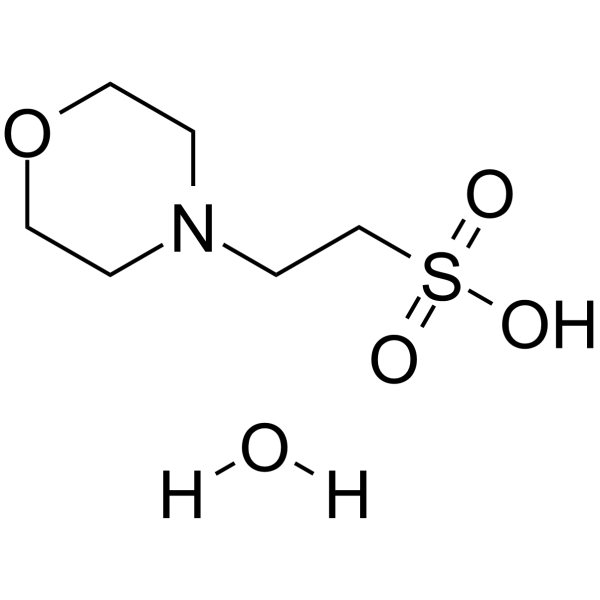
-
GC66488
MES potassium
MES (2-Morpholinoethansulfonsäure)-Kalium ist ein Puffermittel in der Biologie und Biochemie. MES-Kalium ist einer der Puffer von Good' die Pufferkapazität reicht von pH 5,5 bis 7,0. MES-Kalium wird häufig verwendet, um den pH-Wert für Pflanzenkulturmedien, Reagenzlösungen und physiologische Experimente zu regulieren.
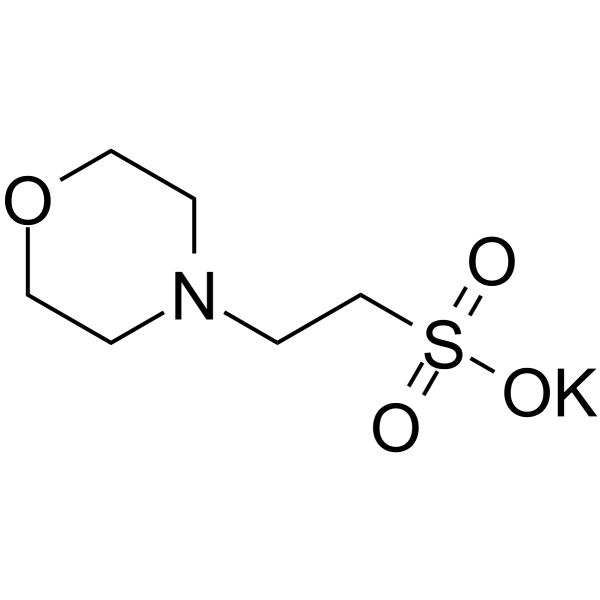
-
GC61042
MES sodium salt
MES (2-MorpholinoethansulfonsÄure) Natriumsalz ist ein Puffermittel in der Biologie und Biochemie.
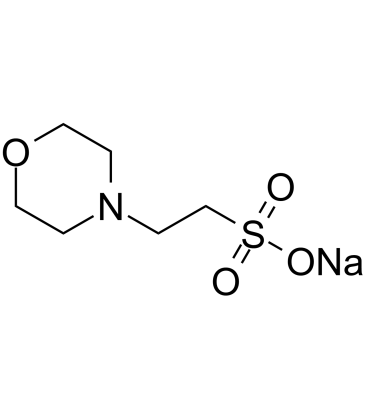
-
GC50290
MES, free acid
MES, freie SÄure (2-MorpholinoethansulfonsÄure) ist ein Puffermittel in Biologie und Biochemie.

-
GC38303
Methyl cellulose
Methylcellulose ist ein natÜrliches Polymer, das beim Erhitzen geliert.

-
GC32697
Methyl-β-cyclodextrin (Methyl-beta-cyclodextrin)
Methyl-β-Cyclodextrin (Methyl-beta-Cyclodextrin) ist ein zyklisches Heptasaccharid, das aufgrund seiner Eigenschaft, nichtpolare Substanzen zu lösen, zur Verabreichung von hydrophoben Medikamenten verwendet wird. Methyl-β-Cyclodextrin (Methyl-beta-Cyclodextrin) wird auch umfangreich als Cholesterinsenkungsmittel eingesetzt. Methyl-β-Cyclodextrin (Methyl-beta-Cyclodextrin) reduziert die clathrinabhängige Endozytose stark.
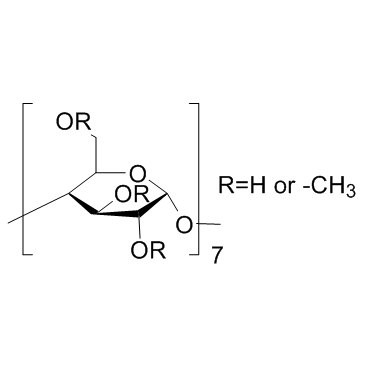
-
GC36601
Methylproamine
Methylproamin ist ein DNA-bindender Radioprotektor, der durch die Reparatur vorÜbergehender strahlungsinduzierter oxidativer Spezies auf DNA wirkt.
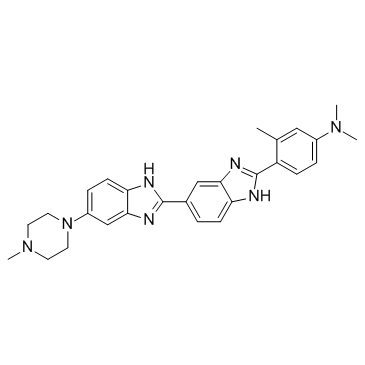
-
GC38816
Metrizoic acid
MetrizoesÄure (Metrizoat) ist ein ionisches Kontrastmittel.
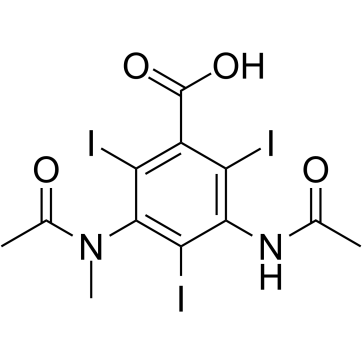
-
GC61063
Mid-chain triglyceride of caprylic/caprolic acid
Als Co-LÖsungsmittel kann ein mittelkettiges Triglycerid von CaprylsÄure/CaprolsÄure verwendet werden.
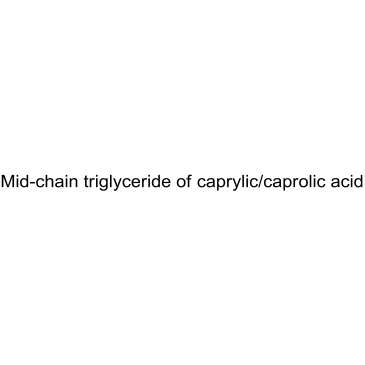
-
GC67462
MOBS
MOBS ist ein amphoterer Puffer, ein Butan-Analogon der Good-Puffer MOPS [3-(N-Morpholino)propansulfonsäure] und MES [2-(N-Morpholino)ethansulfonsäure].
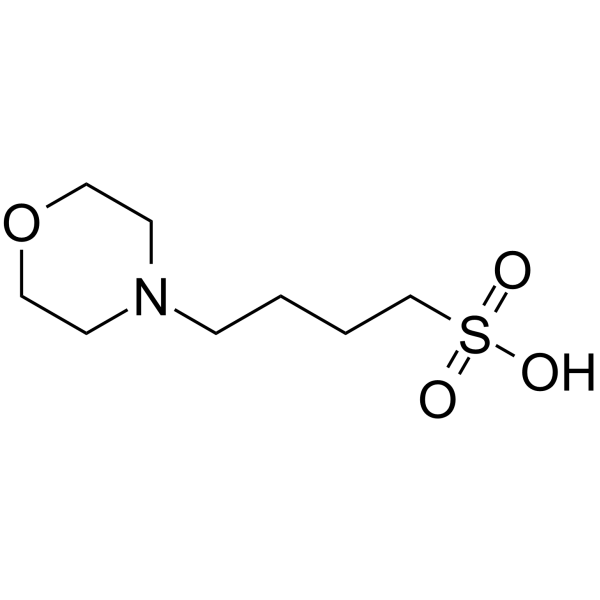
-
GC50288
MOPS, sodium salt
MOPS, Natriumsalz, wird üblicherweise als Puffermittel in der Biologie verwendet.

-
GC66494
MOPSO sodium
MOPSO-Natrium kann zur Herstellung einer Pufferlösung verwendet werden. MOPSO-Natrium wird als biochemisches Reagenz verwendet.
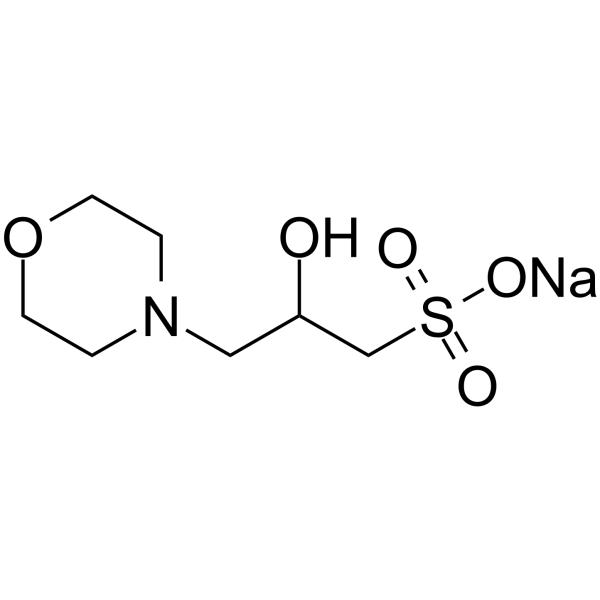
-
GC33475
N,N-Dimethylacetamide
N,N-Dimethylacetamid ist ein preiswertes, gÄngiges aprotisches organisches LÖsungsmittel.
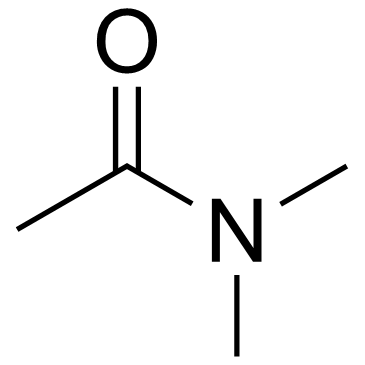
-
GC64614
N,N-Dimethylformamide
N,N-Dimethylformamid (DMF) ist ein polares organisches Lösungsmittel mit einer breiten Palette von industriellen Anwendungen.
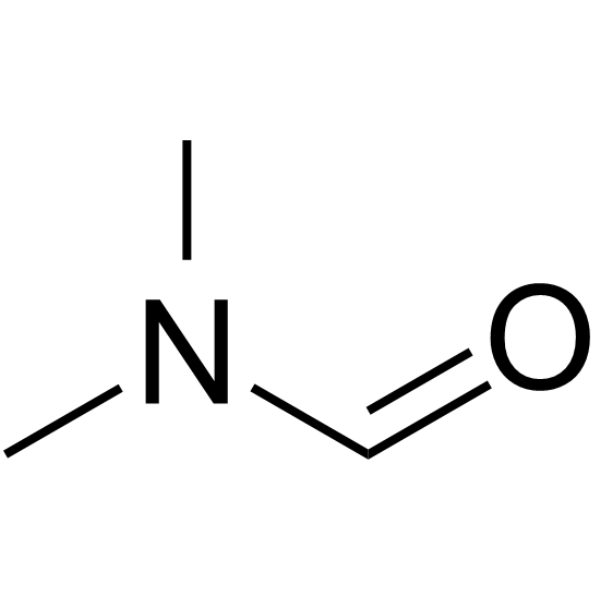
-
GC63114
N-Methylpyrrolidone
N-Methylpyrrolidon (1-Methyl-2-pyrrolidinon), ein fÜnfgliedriges zyklisches Amid, ist ein organisches polares LÖsungsmittel.
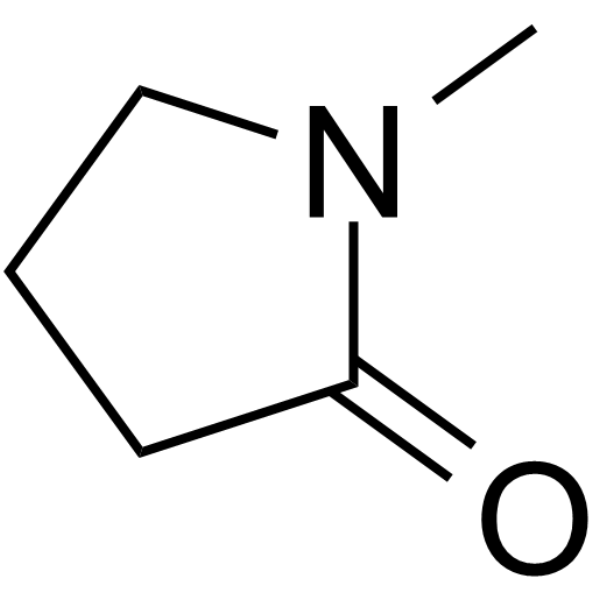
-
GC39154
N-Succinimidyl-S-acetylthioacetate
N-Succinimidyl-S-acetylthioacetat (SATA), ein Proteinmodifikationsmittel, fÜhrt Thiolgruppen in ProteinmolekÜle ein.
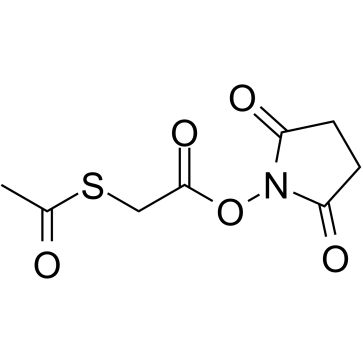
-
GC67648
Octanoyl coenzyme A lithium
Octanoyl-Coenzym-A-Lithium ist ein Fettacyl-Coenzym-A-Derivat. Octanoyl-Coenzym-A-Lithium kann Citratsynthase (CS) und Glutamatdehydrogenase (GDH) mit IC50-Werten von 0,4-1,6 mM hemmen.
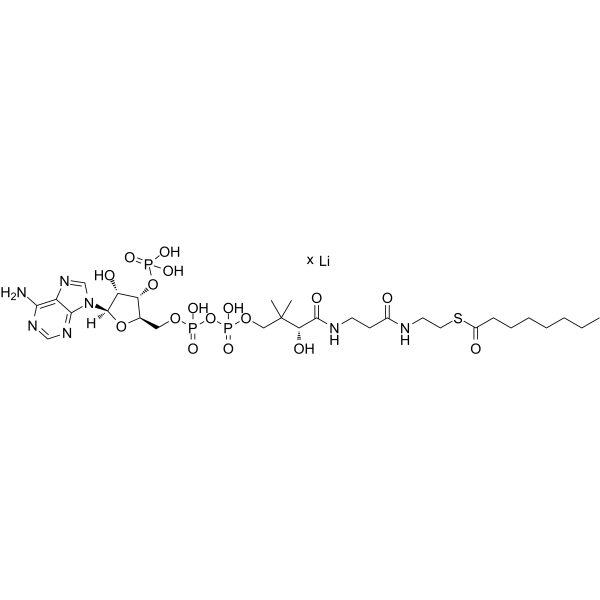
-
GC69606
Octenyl succinic anhydride
Octenylsuccinicanhydrid kann zur Veresterung von Stärke verwendet werden, um ein amphiphiles Wasser-Gel-System namens OS-Stärke zu erzeugen. Durch die Veränderung der Molekülstruktur an der Oberfläche beeinflusst Octenylsuccinicanhydrid (OSA) die Wechselwirkungen zwischen den Molekülen auf der äußeren Oberfläche von zwei Stärkekörnern.
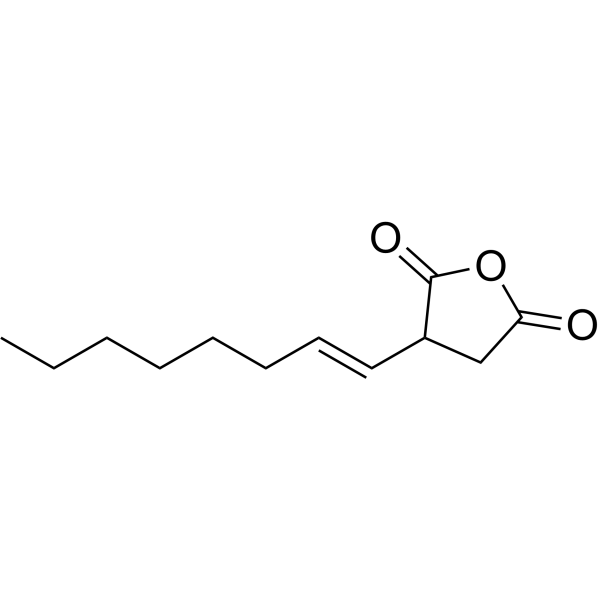
-
GC67645
Oleoyl coenzyme A lithium
Oleoyl-Coenzym A (Oleoyl-CoA)-Lithium ist ein Thioester von Ölsäure und Coenzym A. Oleoyl-Coenzym A-Lithium spielt eine Rolle als Escherichia coli-Metabolit und als Maus-Metabolit.
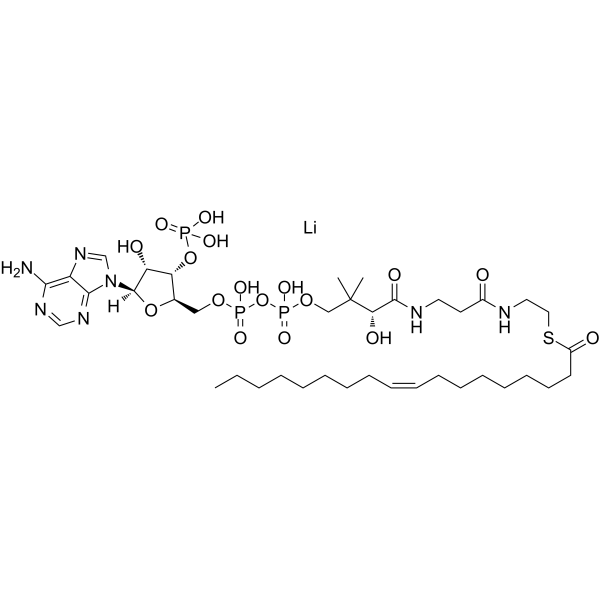
-
GC33431
ONPG (2-Nitrophenyl β-D-galactopyranoside)
ONPG (2-Nitrophenyl β-D-galactopyranosid) ist ein kolorimetrisches und spektrophotometrisches Substrat zum Nachweis der β-Galactosidase-AktivitÄt.
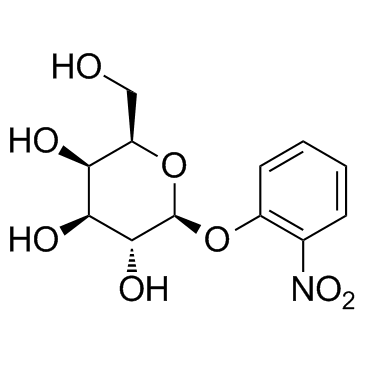
-
GC18733
PEG10000

-
GC30022
PEG300 (Glycols polyethylene)
PEG300 (Glykolpolyethylen) (Polyethylenglykol 300), ein neutrales Polymer mit einem Molekulargewicht von 300, ist ein wasserlÖsliches, wenig immunogenes und biokompatibles Polymer, das aus sich wiederholenden Einheiten von Ethylenglykol gebildet wird.
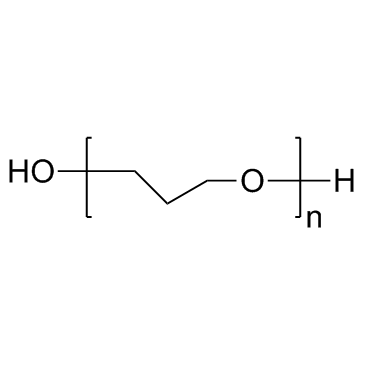
-
GC34203
PEG400
PEG400 ist ein stark hydrophiles Polyethylenglykol, das als ausgezeichnetes Lösungsmittel für eine Vielzahl von Substanzen verwendet wird.
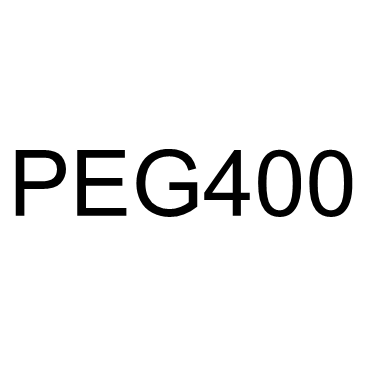
-
GC18373
PEG8000 (Polyethylene glycol)
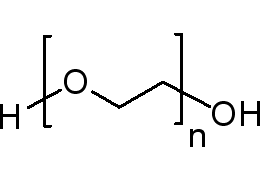
-
GC38830
Perfluamine
Perfluamin (Perfluortripropylamin), eine hydrophobe TrÄgerflÜssigkeit, wird zur OberflÄchenmodifizierung von mikrofluidischen TrÖpfchenpolymeren verwendet.
